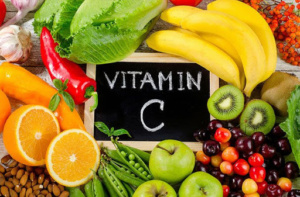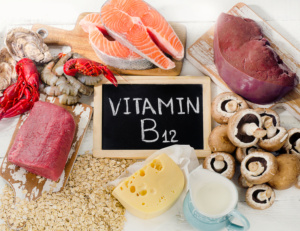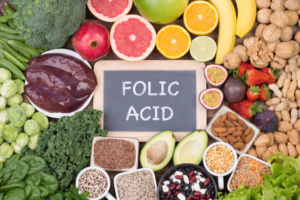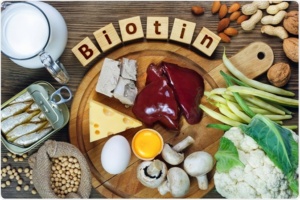
VITAMIN C
Vitamin C is the only water-soluble vitamin that doesn’t belong to the vitamin B category. It is one of the body’s main antioxidants and is required for collagen synthesis. Types Vitamin C comes in two forms, the most common of which is known as ascorbic acid. An oxidized form of ascorbic acid called dehydroascorbic acid also has vitamin C activity. Role and Function Vitamin C supports many essential body functions, including: Antioxidant defenses: Your body uses antioxidants to protect itself ...
Read More
Read More

CYANOCOBALAMIN
Vitamin B12 is the only vitamin that contains a metallic element, namely cobalt. For this reason, it is often referred to as cobalamin. Types There are four main types of vitamin B12 — cyanocobalamin, hydroxocobalamin, adenosylcobalamin and methylcobalamin. All of them can be found in supplements, although cyanocobalamin is the most common. It is considered ideal for supplements due to its stability, but is only found in trace amounts in food. Hydroxocobalamin is the most common naturally occurring form of ...
Read More
Read More

FOLIC ACID
Vitamin B9 was first discovered in yeast, but later isolated from spinach leaves. For this reason, it was given the names folic acid or folate, words derived from the Latin word folium, meaning “leaf.” Types Vitamin B9 comes in several different forms, including: Folate: A family of vitamin B9 compounds that naturally occurs in foods. Folic acid: A synthetic form commonly added to processed foods or sold as a supplement. Some scientists are concerned that high-dose folic acid supplements may ...
Read More
Read More

BIOTIN
Biotin (Vitamin B7) People often take biotin supplements to nourish their hair, nails and skin, although strong evidence for these benefits is lacking. In fact, it was historically called vitamin H after the German word haut, meaning “skin”. Types Biotin is either found in its free form or bound to proteins. When proteins that contain biotin are digested they release a compound called biocytin. The digestive enzyme biotinidase then breaks biocytin into free biotin and lysine, an amino acid. Role ...
Read More
Read More
